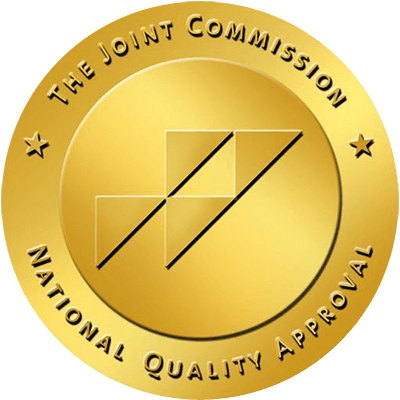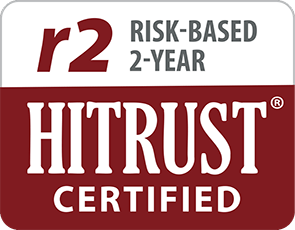Quetiapine, commonly sold under the brand name Seroquel, is a type of prescription medication called an antipsychotic drug. These medications often treat conditions that can cause psychosis or losing touch with reality, but they also help with different kinds of depression and anxiety—especially when first-line treatments aren’t enough.
There are two types of antipsychotic drugs. “Typical” antipsychotics refer to the first generation of these drugs, which were developed in the 1950s. “Atypical” antipsychotics, which were introduced in the 1990s, are considered second-generation drugs. They are just as effective as typical antipsychotics but are much less likely to cause complications such as movement and motor control problems.
Quetiapine is an atypical antipsychotic. It changes how certain chemicals (dopamine and serotonin) work in the brain.
Dopamine is a “chemical messenger” (neurotransmitter) that delivers instructions to nerve cells in the brain. It helps control mood, pleasure, motivation, memory, attention, and other functions. Serotonin is also a chemical messenger. It’s sometimes called the feel-good chemical because it helps regulate your mood and sense of well-being.
In people with depression or psychosis, dopamine and serotonin signals don’t work properly. Quetiapine works by blocking these abnormal signals.
























